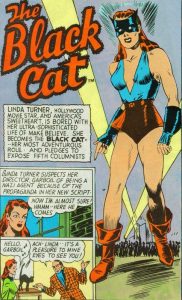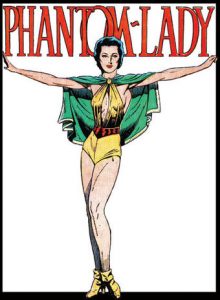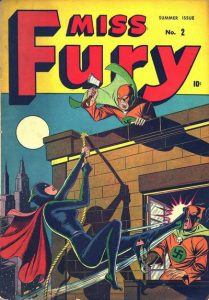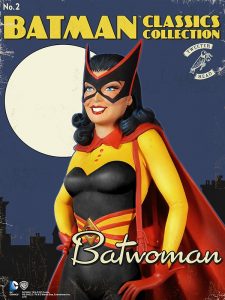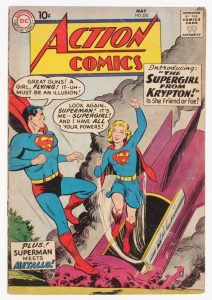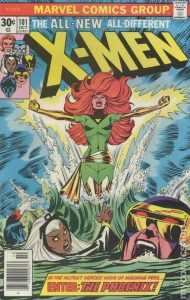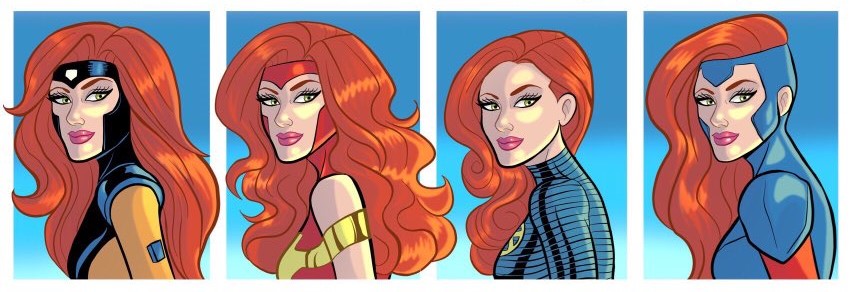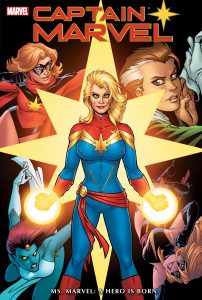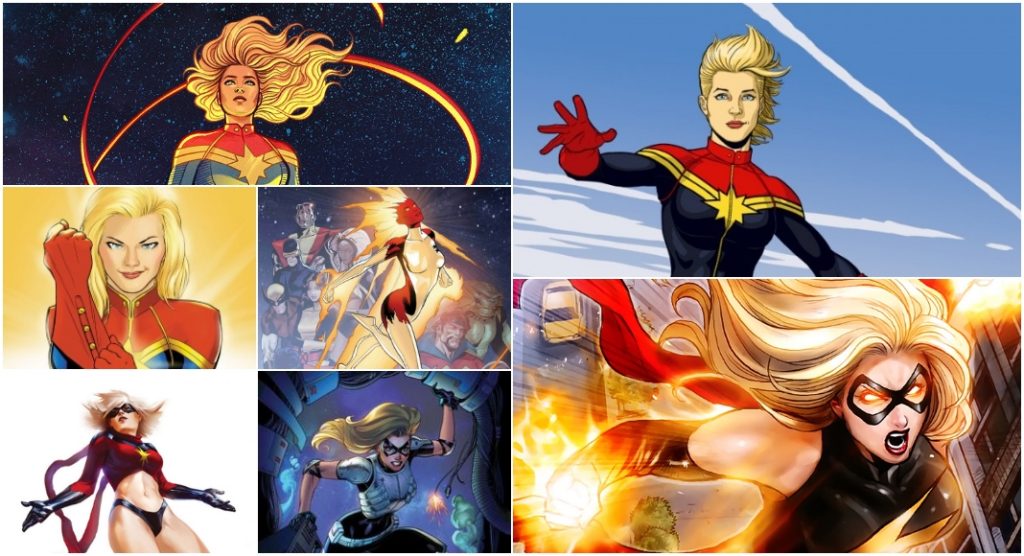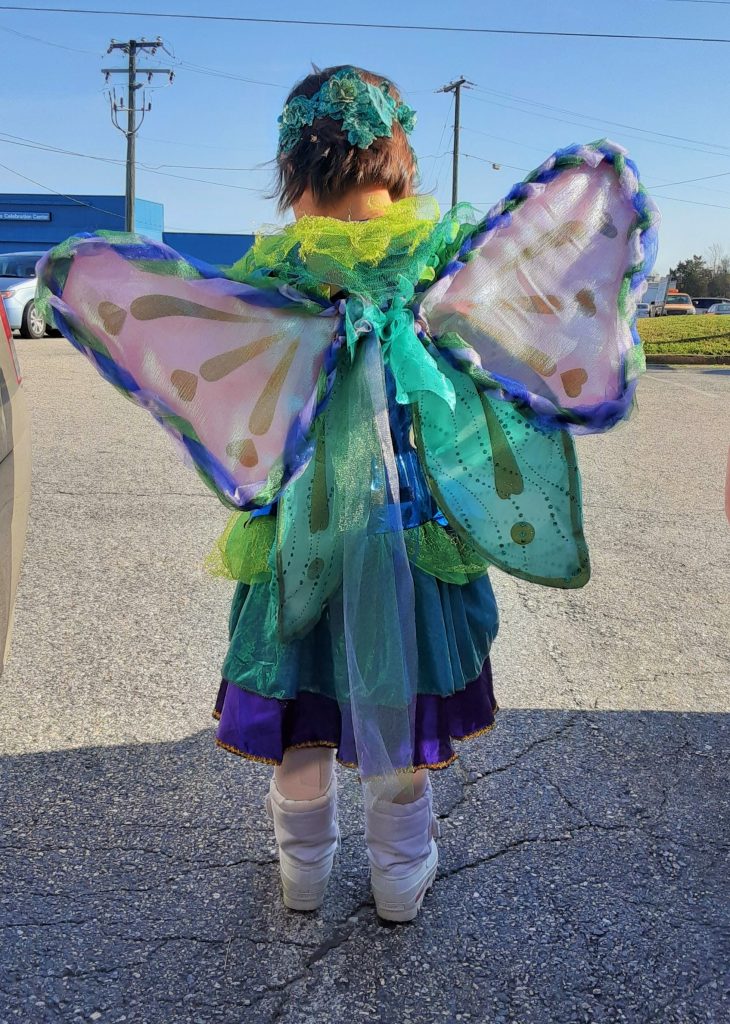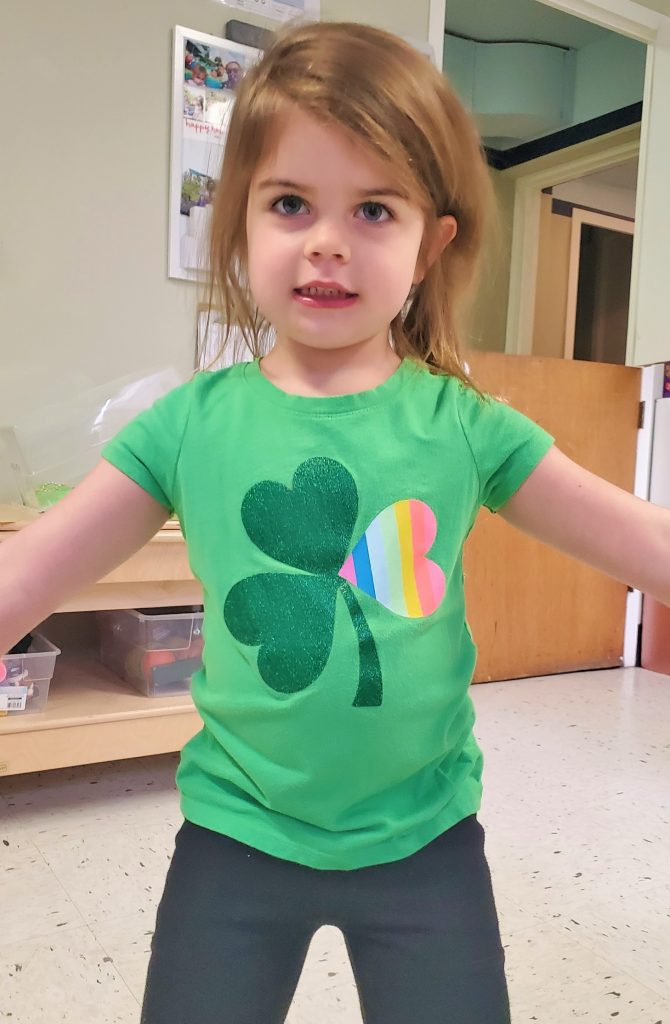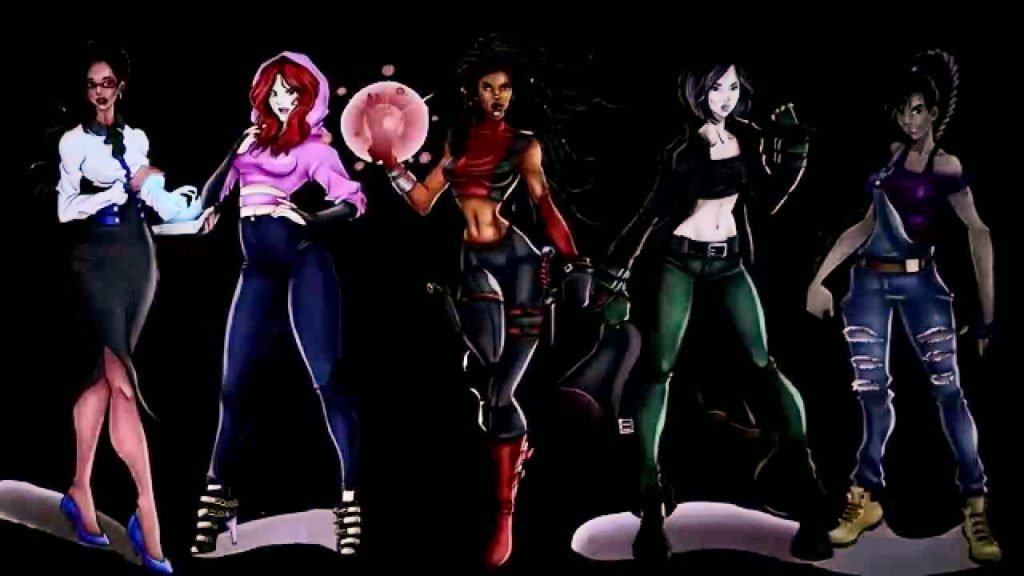
As you might imagine, writing stories about the same characters for fifty years can get either very repetitive or very complicated. When those characters don’t age and generally don’t stay dead, a reader trying to track their biographies is likely to get lost in a maze of changing identities, regenerations, spousal roulette, mind control, evil clones, and anything else that might keep things interesting. The serial format of most comic stories lends itself to story arcs with plenty of resets.
As the popularity of female superheroes grew, writers began to realize that their characters needed more than scandalous costumes to keep going. Heroines started to develop actual personalities (if somewhat one-dimensional) to go along with their witty flirtations.
One of the biggest changes to the characters in comic books came after the publication in 1954 of Seduction of the Innocent. According to Frederic Wertham, the author comic books were causing juvenile delinquency and spreading homosexuality. Along with proving they were not spreading Communism, writers of comic books had to prove there was no question that every character was completely heterosexual. Romantic subplots and superhero couples drastically increased after 1954. Female characters were more common but less independent and well-developed.
1941
- Black Cat
- Linda Turner’s father was a Hollywood stuntman and amateur detective, and he taught his daughter everything he knew, including expertise with a lasso and horses. She has a black belt in Judo and is skilled in other hand-to-hand combat styles. As an actress, Linda realized her director was a Nazi spy, hiding state secrets and propaganda in the script. To stop him, she became the vigilante Black Cat. She is listed as a member of the Super Friends but never shows up in their comics.
- Linda adopted a young acrobat when his family was killed in a burning circus tent. When the boy discovered her identity as Black Cat, she allowed him to become her sidekick Black Kitten.
- This Black Cat is not related in any way to Felicia Hardy, the Black Cat of Marvel’s universe, who debuted in 1979.
- Phantom Lady
- Her real name was Sandra Knight, daughter of U.S. Senator Henry Knight. Using projection technology (a blacklight gun), she could blind her enemies and make herself invisible. Although she had no distinctive super powers, she was a smart fighter and fared well against ordinary human enemies. Despite not wearing any mask or disguise, no one ever recognized the Phantom Lady as famous socialite Sandra Knight.
- The Phantom Lady’s costume changed several times, but it was always quite skimpy. She explained that it was a distraction technique to disrupt male foes’ concentration.
- Miss Fury
- Marla Drake was a character establishing the rise of vigilantes. She was rich girl who didn’t have much to do, so she made a classic catsuit to fight crime. Originally called the Black Fury, her name was changed to Miss Fury—perhaps to distinguish her from Black Cat. She fought all sorts of evil. Her skintight suit came under a lot of scrutiny.
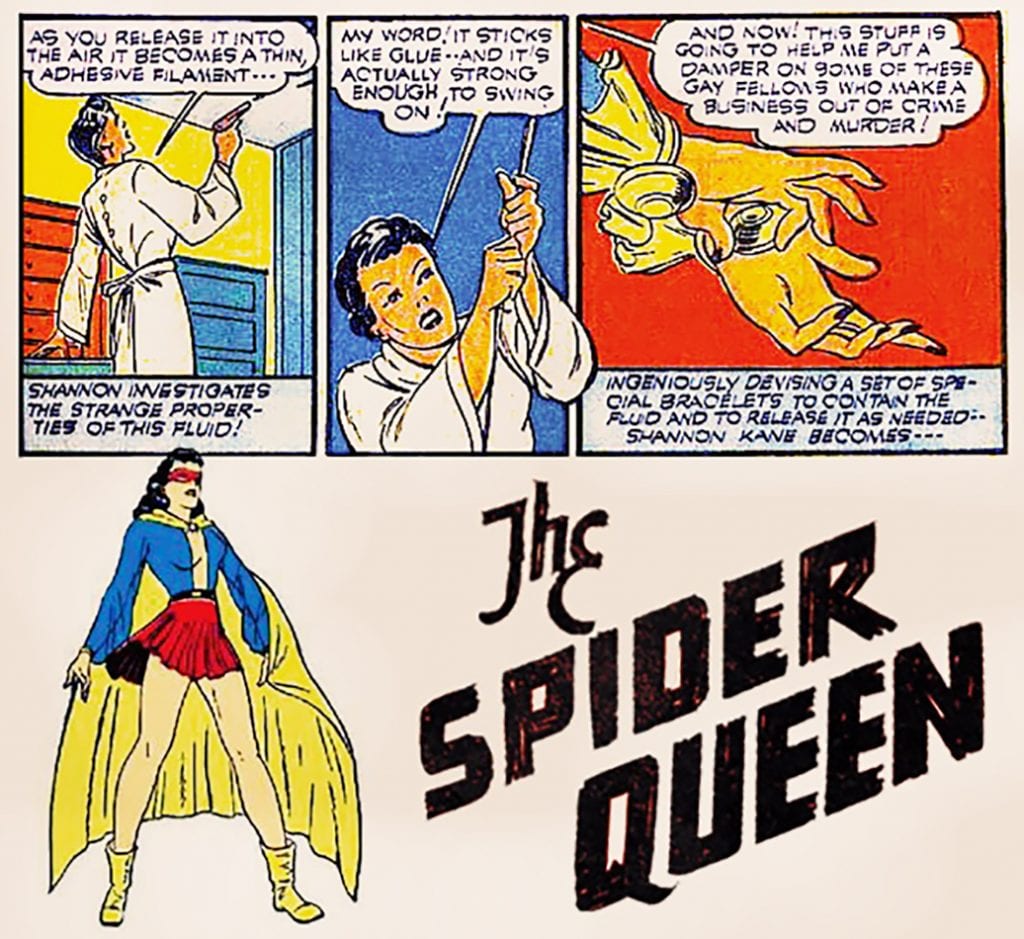
- Spider-Queen
- Elsa Lesau was the creator of Spider-Queen, a heroine who debuted in The Eagle #2. Sharon Kane technically had no superpowers, but she created a set of bracelets that could shoot a gluey substance that worked just like a spider’s webbing. With tip-offs from a police detective she was dating and hand-hand combat skills, Spider-Queen fought crime by swinging about and tying up criminals.
- Wonder Woman
- First in comics, then on TV, and later in the movies, Wonder Woman is the immortal, super-strong, and magical genius daughter of Zeus and Hippolyta. She came to the world of mortals as an emissary of the Amazons but ended up fighting solo for justice and equality. She was a founding member of the Justice League. She has a magic lasso and an invisible airplane, though she also fights with sword and shield and with a bow.
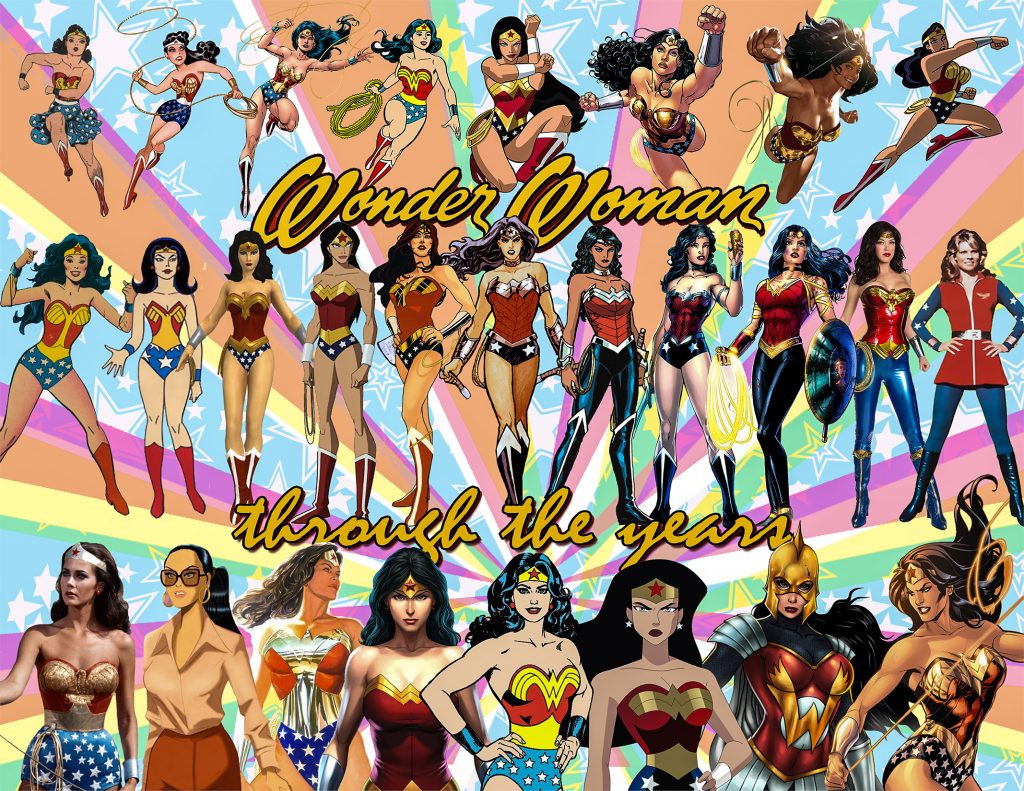
1956
- *Batwoman
- Batwoman was originally created for the sole purpose of being Batman’s love interest, to prove he wasn’t gay. In her first appearances, Batwoman didn’t join Bruce Wayne in his vigilante activities. She waited for him at home.
- In 2017, Batwoman was reintroduced in the form of Kate Kane, the niece of the original Batwoman and an openly lesbian superhero. She returned to Gotham to take over for the absent Batman and save the city.
1959
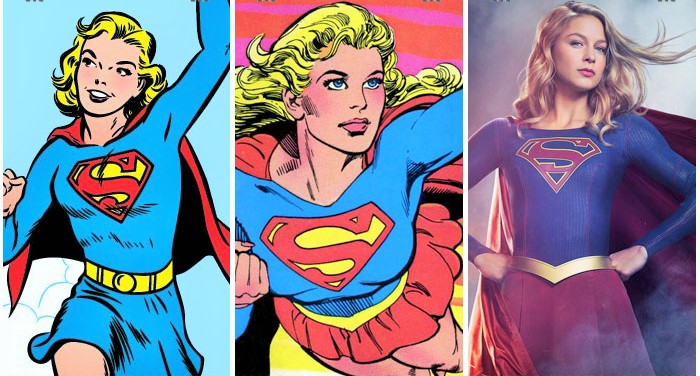
- Supergirl
- Making her first appearance in 1959, Supergirl is Superman’s cousin who fights for truth and social justice. She foils all kinds of threats, from time-traveling supervillains to authoritarian Martians. Like Superman, her superpowers are flight, invincibility, laser vision, etc. By day, Supergirl is disguised as Kara Danvers, top-notch journalist. Supergirl first met Wonder Woman in 1965.
1963
- Jean Grey/ The Phoenix
- Jean Grey is arguably the most powerful telepath and telekinetic mutant in the X-Men. She was the first female member of the X-Men team and one of the best-developed, complex characters in comics. While studying with Professor Xavier to hone her abilities, she reached a level of the astral plane where she first reached her Phoenix persona. The Phoenix is so powerful that Jean Grey frequently loses control of it. The chaos and destruction the Phoenix unleashes is one of the major causes of mental illness for Jean Grey, along with the dissociation. Over the course of the series, Jean Grey has had name changes, died and been regenerated several times, married and divorced, and overtaken and been overtaken by the Phoenix.
1968
- Captain Marvel
- There are several characters in the Marvel Comics Universe with the name Captain Marvel. The first of these (in 1967) was an alien sent to observe Earth, Captain Mar-Vell of the Kree Military.
- Carol Danvers was first introduced as an officer in the US Air Force in Marvel Super-Heroes #13 in 1968. It wasn’t until 1977 that she gained superhuman abilities. An exploding “Psyche-Magnetron” melded her DNA with that of the Kree Captain Mar-Vell. This is the source of her superhuman abilities, including strength, stamina, durability, agility, flight, speed, healing, and immunity. In case that isn’t enough, Captain Marvel can also use her “Seventh Sense” to warn her of future dangers and tap into the photonic energy of a “white hole.”
- When she is not being Captain Marvel and maintaining peace throughout the galaxy, Carol Danvers fights for feminism and equal right for women on Earth. Even her first name, Ms. Marvel, was a nod to the feminist movement’s focus on independence.
1975
- Storm
- Ororo Munroe was the first major female comic character of African descent. Storm was the daughter of Kenyan sorceress, first appearing in the special edition of Giant-Size X-Men in 1975.
- As the descendent of sorceresses, student of magicians in the Serengeti, object of worship by the people of Wakanda, and Omega level Mutant X-Man, Storm has very impressive skills. Her primary abilities revolve around her atmokinesis, the control of weather. Storm can change the temperature and pressure in the atmosphere, creating winds, precipitation, fog, lightning, and any other imaginable offshoot of these. A side effect of her weather control gives Storm the ability to fly and to hide herself in dense fog.
- Storm started as Xavier’s ingénue, became a seasoned hero, rose through the ranks, and ended up as headmistress of Professor Xavier’s school and leader of the X-Men.
Bottom Line: Some characters can be reinvented and adapted as long as the writer can keep up with demand. Some characters should be allowed to retire before they pass their “sell-by” date. Which of these methods do you prefer? What sort of changes can keep a character fresh?
Note: There are many more female superheroes and action heroes than I’ve discussed here. Many independent publishers have printed stories of lesser known but equally fantastic female heroes (check out Faith, Miss America Chavez, Medusa, Boodikka, Wolfsbane).



